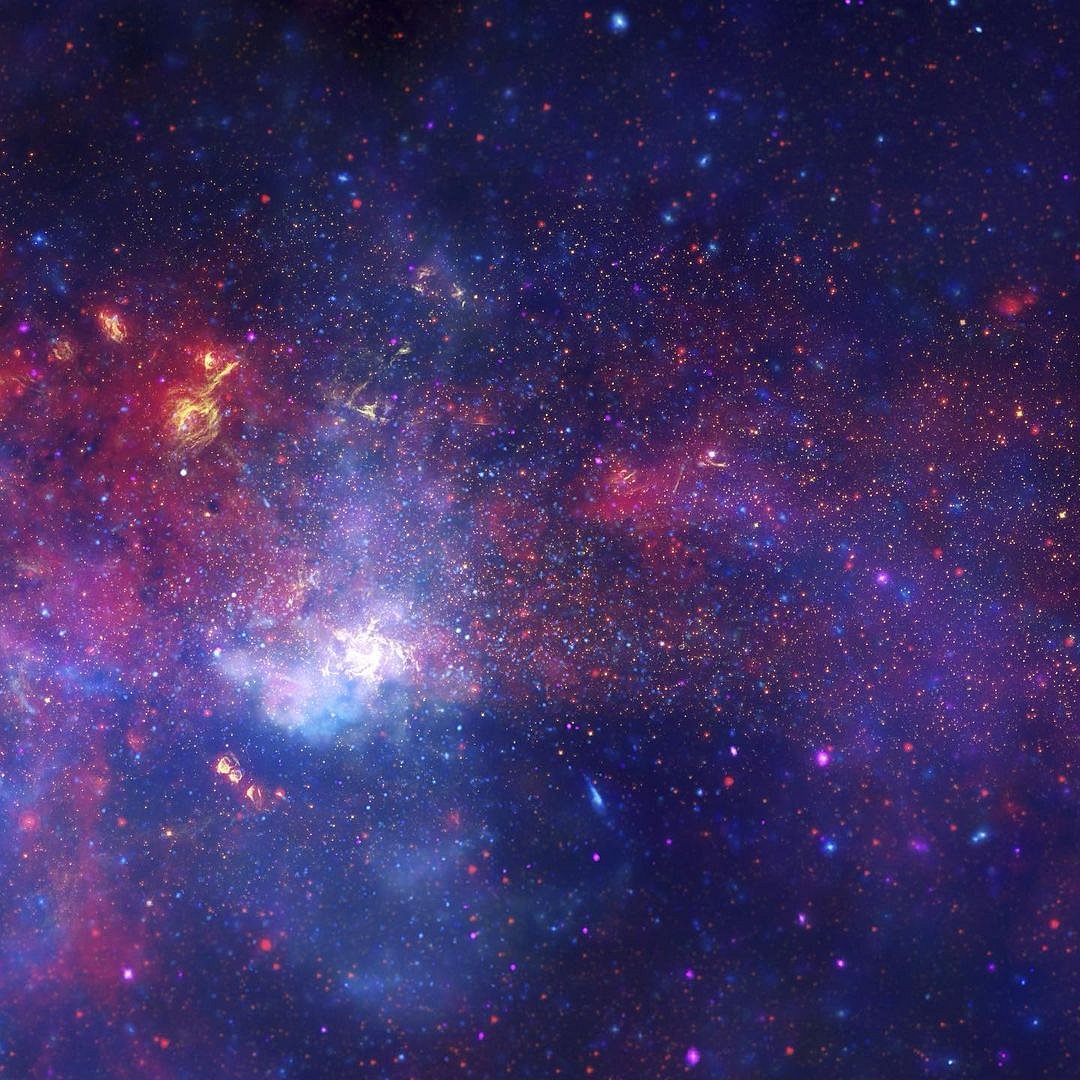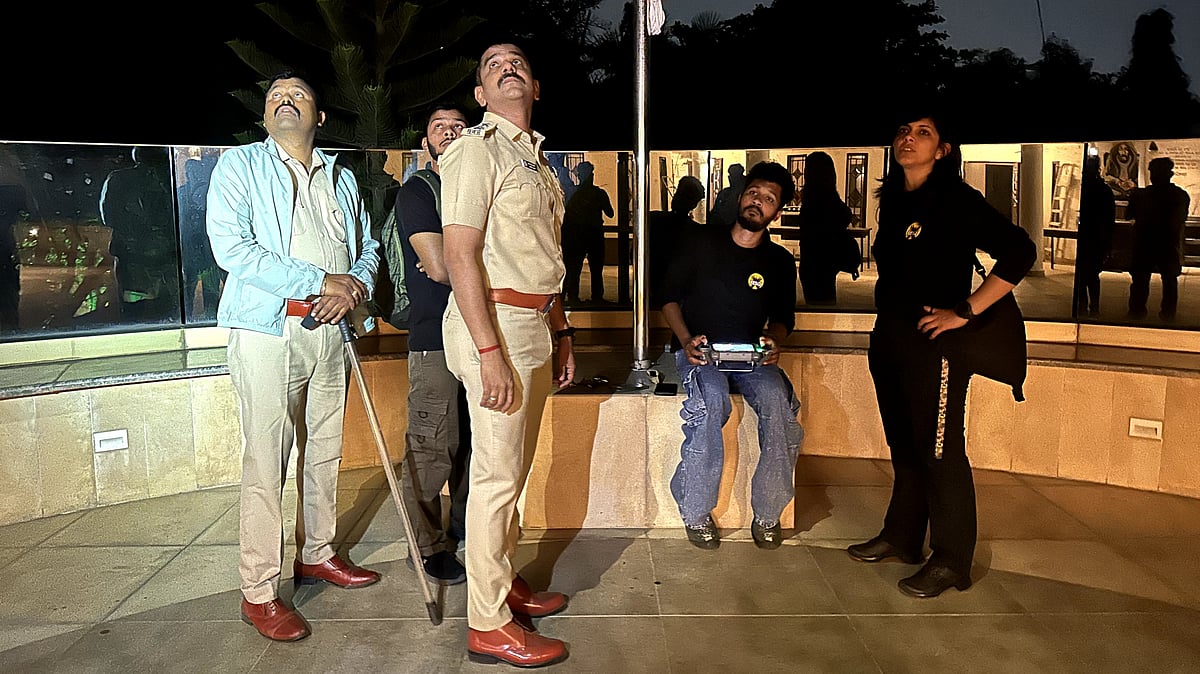Pune: Giant Metrewave Radio Telescope (GMRT) has helped scientists and researchers to better understand the decade-long understanding of Gamma Ray Bursts. The observations taken with the help of GMRT have been able to observe the brightest gamma-ray burst (GRB).
During an observation on October 9, 2022, a pulse of intense gamma-ray radiation swept through our solar system, saturating detectors on numerous spacecraft, and sending astronomers across the world scurrying to train the fastest and most powerful telescopes on it. The new source, dubbed GRB 221009A, turned out to be the brightest gamma-ray burst (GRB) ever observed. In a new study that appears in the Astrophysical Journal Letters, radio observations of this exceptional event with GMRT have questioned our decades-long understanding of how these events explode into their multi-coloured fireworks.
It lasted for 300 seconds
The gamma-ray emission from GRB221009A lasted over 300 seconds and was the brightest ever observed for a GRB, marking this as an exceptional and exciting new event.
"With GRB 221009A being the brightest burst known so far, a real mystery lay in what would come after the initial burst of gamma rays. As the jets slam into the gas surrounding the dying star, a bright ‘afterglow’ of light is produced across the entire spectrum," said Tanmoy Laskar, Assistant Professor of Physics and Astronomy at the University of Utah, and lead author of the study.
Here's what scientists had to say
Laskar and his colleagues quickly triggered observing programs on the Giant Metrewave Radio Telescope (GMRT), as well as a slew of other facilities, including the MeerKAT Array in South Africa, the US National Science Foundation Karl G. Jansky Very Large Array (VLA) in New Mexico (USA), the Atacama Large Millimeter Array (ALMA) in Chile, and the Submillimeter Array (SMA) in Hawai. The radio observations collected by the researchers now comprise one of the most detailed such data sets for a GRB afterglow date.
"On analyzing and combining the data from all these telescopes, the radio measurements were brighter than expected based on the X-ray and visible light of this afterglow. At first, we were very excited because we thought we might have captured the fleeting signature of a `reverse shock- wave going backwards through the jet and lighting it up in the radio," said Kate Alexander, Assistant Professor of Astronomy at the University of Arizona and co-author of the study.
"What we found in the radio looks a bit like a reverse shock in the sense that there is extra emission at radio frequencies," said Laskar. "But we also have models for how a reverse shock spectrum should evolve with time and the radio spectrum of GRB 221009. It faded much too slowly. So either we don’t understand reverse shocks, or we’ve found a completely new emission component. GMRT observations were essential for this study," said Alexander adding that when combined with the rest of the data, they were key in pinning down the peak frequency and peak brightness of this emission component.
"From that, we were able to calculate that the outflow producing this light must consist of a small amount of mass moving at about 99.4% of the speed of light. While that’s fast even for most astrophysical objects, it's actually much slower than other GRB jets. We think that there is still a very fast-moving jet that is generating the X-ray and visible light in this afterglow," said Raffaella Margutti, Associate Professor of Astronomy and Physics at the University of California, Berkeley, and co-author of the study.
But our modelling suggests that something else entirely is creating the radio light. Either that or astronomers' understanding of how GRB jets produce light is about to be overturned. In both cases, these GMRT observations imply that a decades-old theory of GRB jets needs to be revisited.












